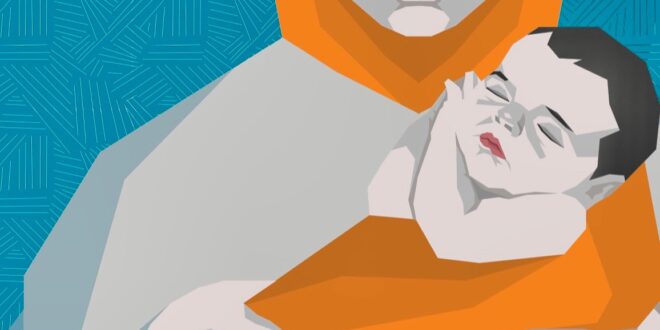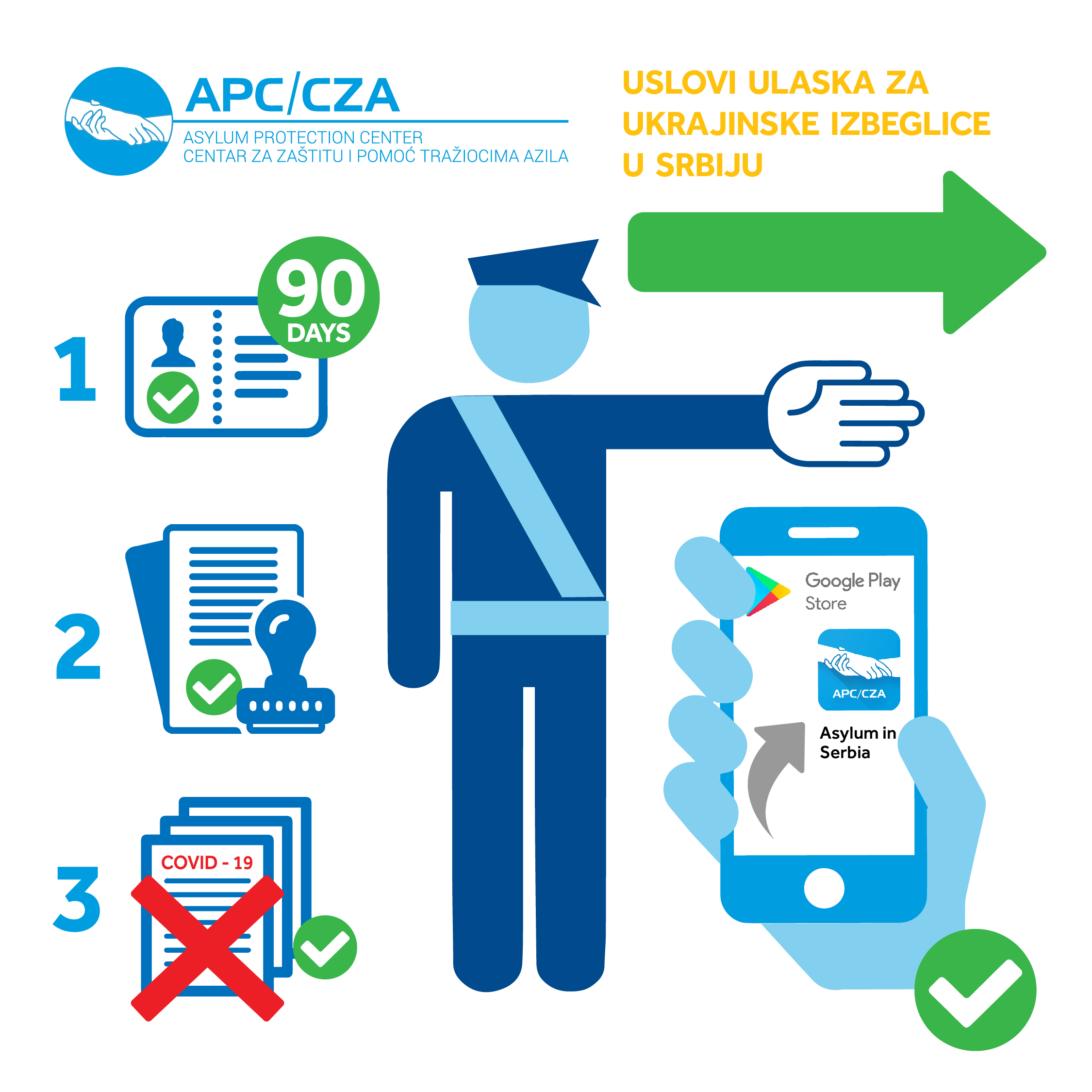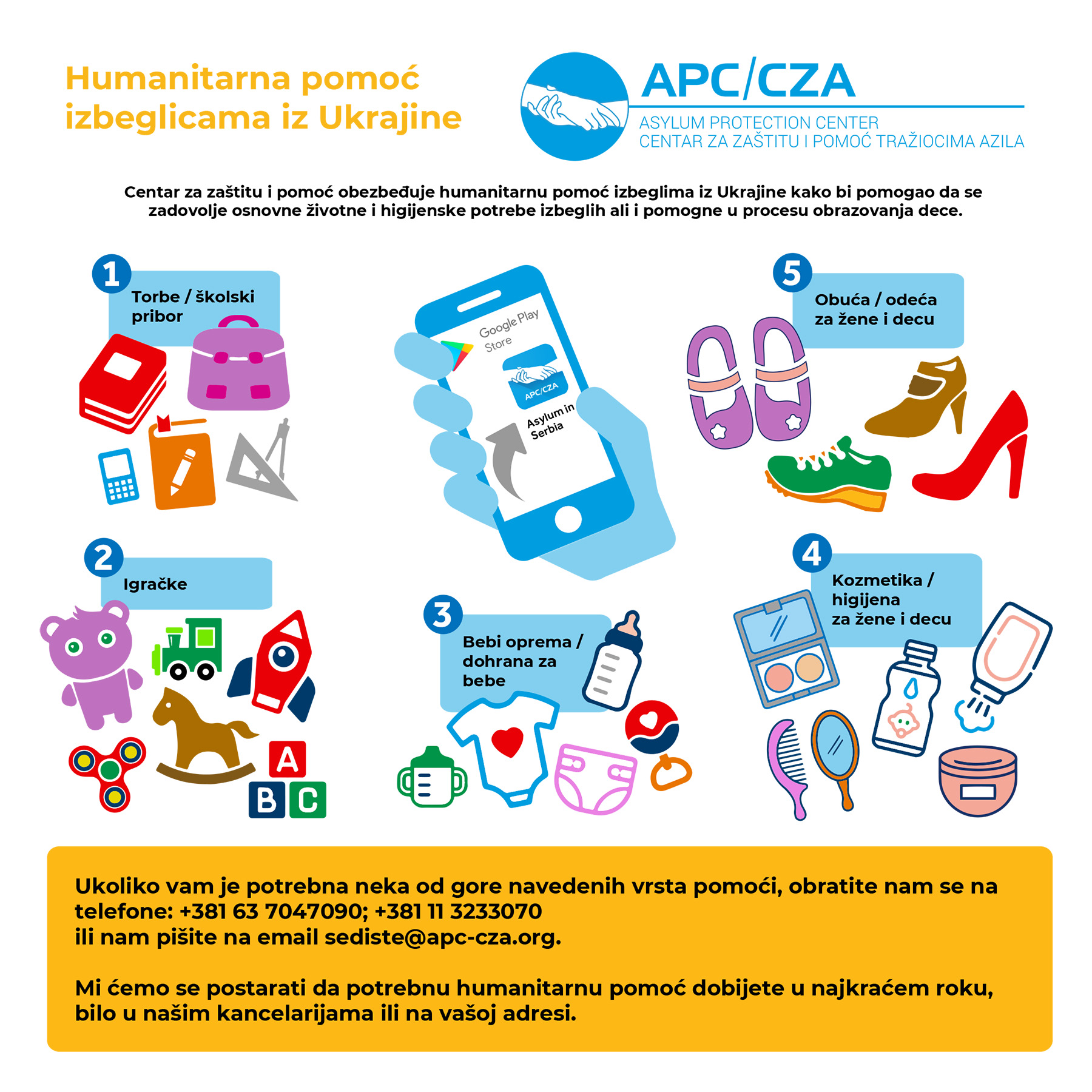Source: APC
Photo: APC
Belgrade, November 20, 2024 – We mark World Children’s Day in Serbia amidst significant challenges concerning the rights and vulnerable position of refugee children who enter, stay, or pass through Serbia using irregular migration routes across the Western Balkans.
Refugee children make up over 15% of the total refugee population entering Serbia, originating from groups of irregular migrants, asylum seekers, or refugees. These children come from Syria, Afghanistan, Ukraine, Pakistan, and other countries in Asia and Africa. They travel accompanied by parents, often with the help of smugglers, while in more than 4% of cases, they travel alone, without parents or any close relatives.
Most often, refugee children do not have a legally regulated status while in Serbia (they are physically present in the country but lack official residence status). In addition to being accommodated in the few remaining operational centers (only 5 out of the 17 originally established reception centers are still open), they are often beyond the reach of institutional oversight, hidden in irregular accommodations or under the control of smugglers outside the formal reception system. As irregular migration and smuggling bypass the reception system, it becomes increasingly difficult for institutions to identify the needs of these children and prevent potential abuse of those who remain outside the formal reception framework.
This situation creates real challenges regarding the risk of child exploitation by smugglers, criminal groups, and human traffickers while children are still in Serbia. In addition to their unregulated legal status, children’s vulnerabilities are further exacerbated by violence at Serbia’s borders and the practice of pushing or returning refugees outside the legal framework of readmission procedures (commonly referred to as migrant pushbacks).
Challenges also arise concerning the practice of age determination by institutions, particularly in cases where it is difficult to establish whether individuals are minors or adults. This is due to the absence of a standardized and universally accepted procedure to clearly and unequivocally determine age.
In addition to ensuring that all children in Serbia are granted a legally regulated status (e.g., asylum procedures, return procedures, integration processes, or humanitarian or temporary residence), the appointment of guardians for unaccompanied refugee children emerges as a critical issue that must be addressed within the existing social welfare system rather than through project-based engagements. Guardians should be appointed from among professional social workers employed in locally responsible social welfare centers, rather than being selected from activists or individuals without extensive professional experience within the social welfare system.
When it comes to unaccompanied refugee children, they should be more consistently referred to appropriate social welfare institutions specializing in the care of unaccompanied minors, rather than being placed in migrant reception centers managed by the Commissariat for Refugees. These centers are designed to accommodate adults and are not suitable for housing unaccompanied minors. Furthermore, the staff employed in these centers often lack the necessary expertise and qualifications to address the complex and urgent needs of unaccompanied minors.Bottom of Form
Guardians need to demonstrate greater diligence in initiating asylum procedures before the relevant authorities to protect children from discrimination and other risks, thereby acting in their best interest.
 AzilSrbija AzilSrbija
AzilSrbija AzilSrbija





